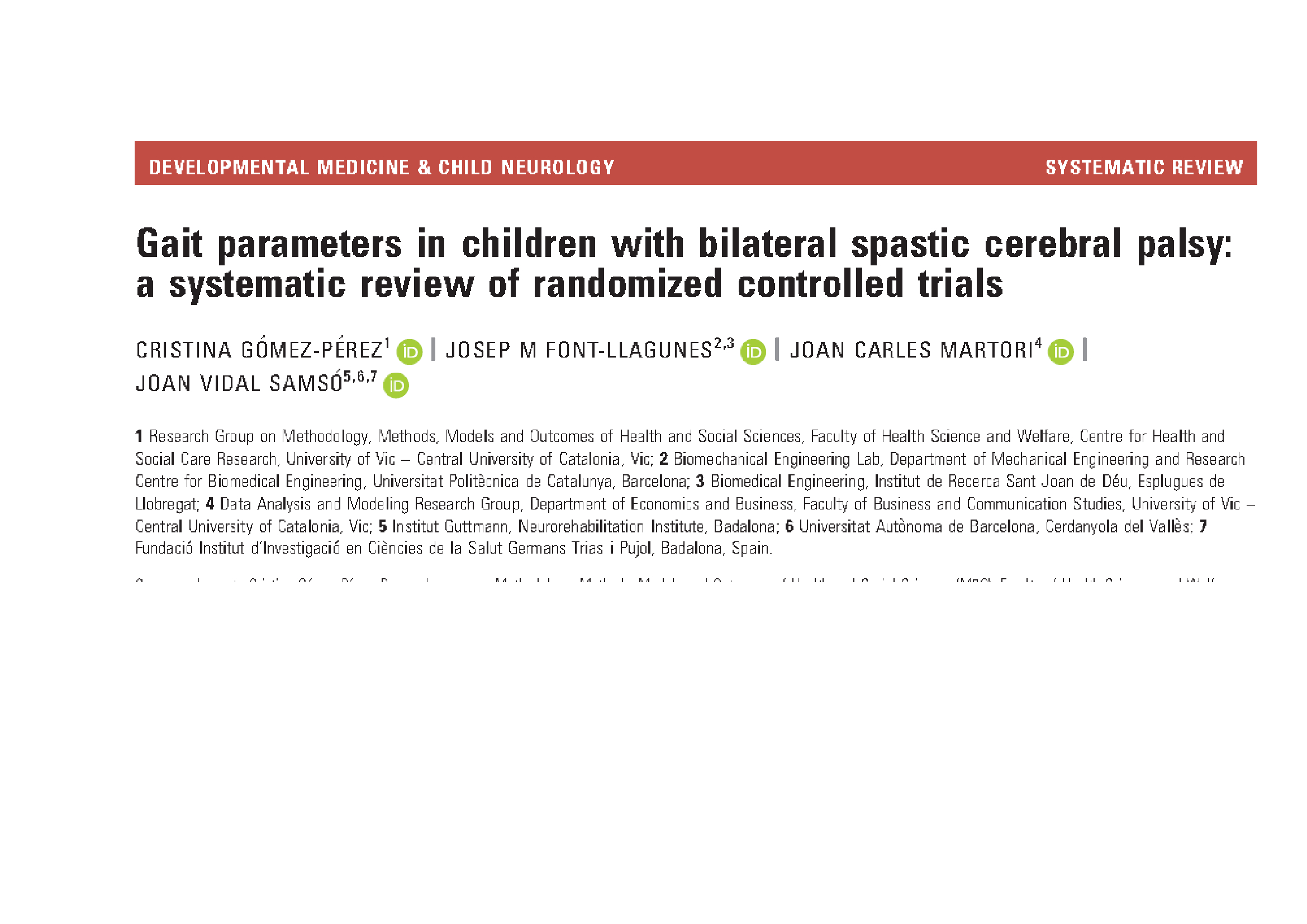By Javier Jerez-Roig et al. (2018).
Full text: https://journals.plos.org/plosone/article?id=10.1371/journal.pone.0208946
The main objective of this work was to estimate the prevalence of disability in European
community-dwelling older adults, as well as to investigate differences in the profile of disabled
older adults between European regions (Northern, Central, Eastern and Southern). A
cross-sectional study based on wave 6 (2015) of the Survey of Health, Ageing and Retirement
in Europe (SHARE) was conducted. Community-dwelling participants aged 65–84
were selected (n = 33,369). Disability was defined as presenting at least one functional limitation
in basic activities of daily living (BADL). Sociodemographic, health services, lifestyle
and health-related variables were analyzed. Statistical analysis was carried out through the
Chi-square and ANOVA tests for bivariate analysis, and Poisson regression for multivariate
analysis. Overall prevalence of disability was 13.8%: 9.4% in the Northern region, 13.1% in
the Southern region, 13.6% in the Central region, and 16.6% in the Eastern region. Portugal,
Poland, Estonia and Belgium showed the highest prevalence of BADL limitations, while
Sweden, Denmark, Greece and Switzerland showed the lowest prevalence. Besides, disabled
older adults from East Europe presented the most disadvantaged health profile, followed
by the Southern region. On the other hand, disabled older adults living in the Northern
region showed the most advantaged characteristics of most variables, except for smoking
and polypharmacy.



